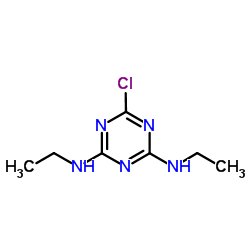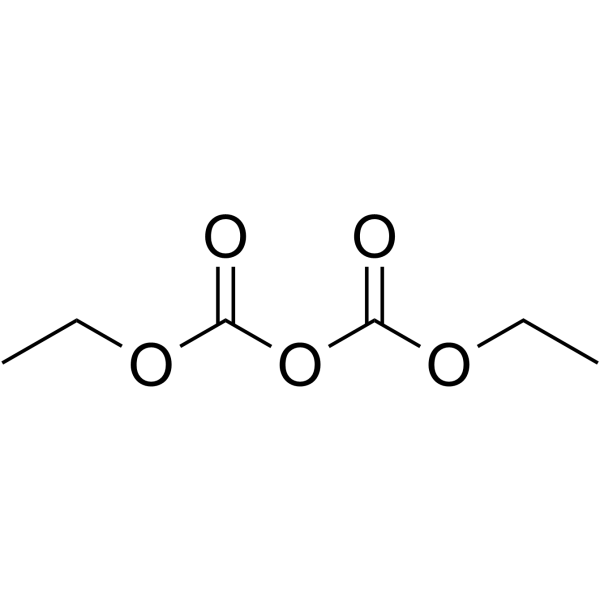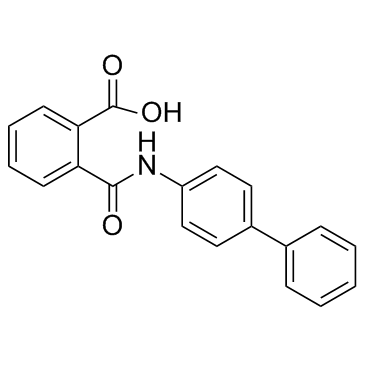| Structure | Name/CAS No. | Articles |
|---|---|---|
 |
Ethanol
CAS:64-17-5 |
|
 |
Formaldehyde
CAS:50-00-0 |
|
 |
Simazine
CAS:122-34-9 |
|
 |
Diethyl pyrocarbonate
CAS:1609-47-8 |
|
 |
Kartogenin
CAS:4727-31-5 |